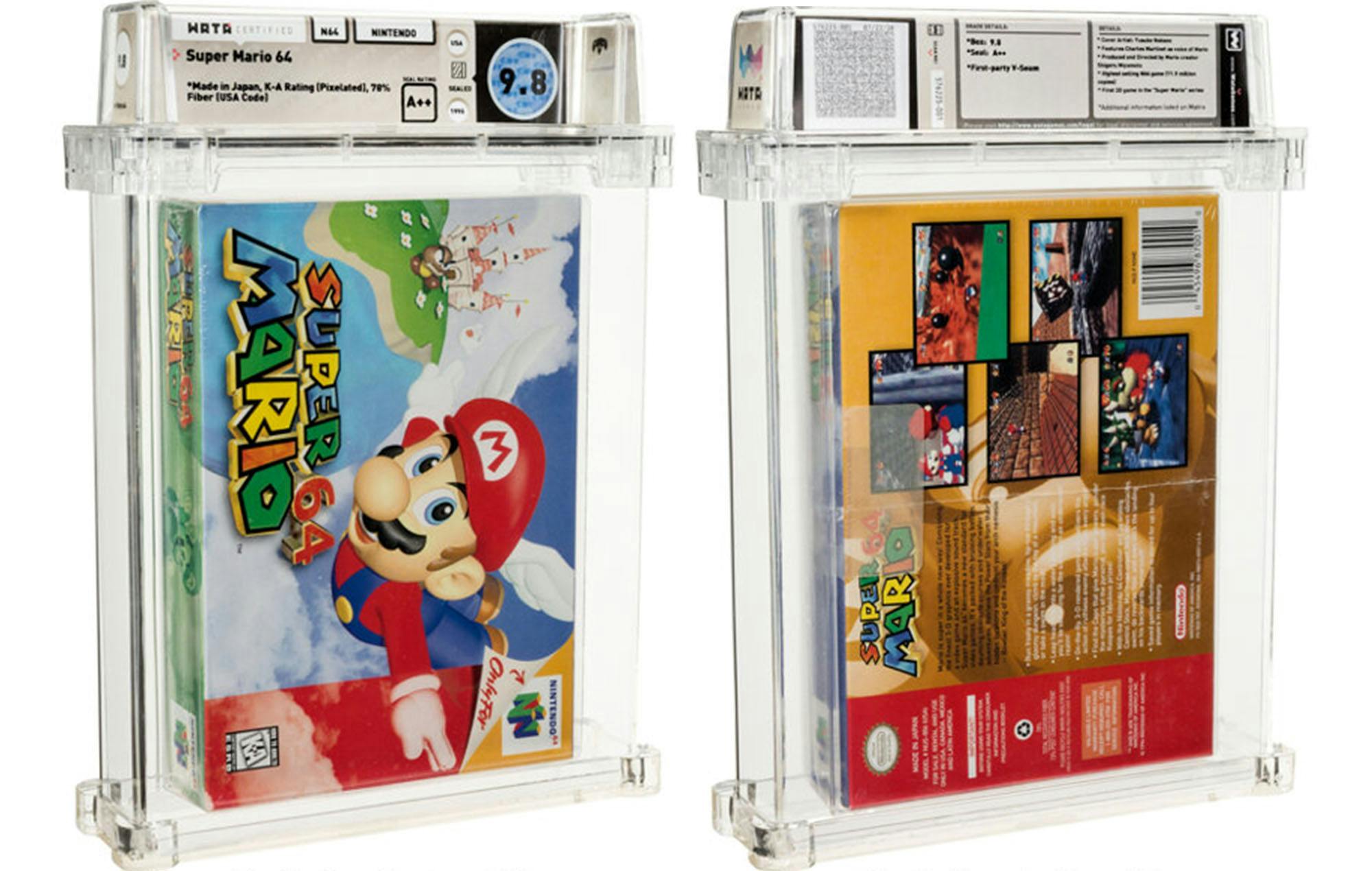
Image Credit: Heritage Auctions
Comprehensive Guide to Evaluate and Grade Game Condition in Retro Game Collection
When collecting retro games, mastering the art of evaluating and grading the condition of each item is fundamental. This comprehensive guide explores essential practices for collectors.
Importance of Evaluation
Assessing game condition goes beyond surface appearance. It's crucial for preserving the authenticity and value of your collection.
Detailed Analysis
- Thorough Packaging Examination: Check for tears, folds, discoloration, or cracks.
- Condition of Manuals and Media: Evaluate scratches, stains, or signs of wear.
- Functionality Test: Verify if the game works correctly, if possible.
Evaluation Methods
Grading by Condition
Grading by condition is a crucial aspect when assessing retro games. Understanding the different levels of condition can significantly impact a game's value.
New (Mint)
Games classified as "New" (or "Mint") are in perfect condition, as if they just left the factory. There are no signs of wear on the packaging, manuals, or media.
Excellent
Games in "Excellent" condition have minimal signs of wear. They might have slight scratches on the media or minor creases on the packaging but are well-preserved.
Very Good
Items classified as "Very Good" may show more visible signs of use, such as light scratches on the media, small tears on the packaging, or light wear on the corners.
Good
Games in "Good" condition exhibit clear signs of use. They may have more noticeable scratches on the media, folds, or tears on the packaging, but they're still functional.
Acceptable
"Acceptable" items are worn and might have functionality issues. They feature deep scratches, packaging tears, or other damages affecting the gaming experience.
Poor
"Poor" condition indicates games in extremely rough shape. They might be damaged to the point of not functioning or have essential parts missing.
Understanding these grading levels is crucial when assessing the condition of games in the Retro Game Collection. This information enables collectors to adequately identify and price each item based on its physical condition.
Market Research
- Price Comparison: Research prices of previous sales for games in similar conditions.
- Specialized Platforms Check: Consider specific collector websites for a more detailed assessment, like PriceCharting, offering information on price trends and sales history.
Conservation and Maintenance
Proper Storage
- Location: Keep games in a cool, dry place away from direct light.
- Packaging Protection: Use protective cases or boxes to prevent damage.
Regular Cleaning
Use gentle methods to remove dust or dirt from the packaging and games, preserving their integrity.
Conclusion
Evaluating and grading the condition of games in the Retro Game Collection is a vital practice for collectors. This detailed analysis not only preserves quality but also identifies highly valuable items. With this guide, you're equipped to maintain your retro game collection in excellent condition for many years.